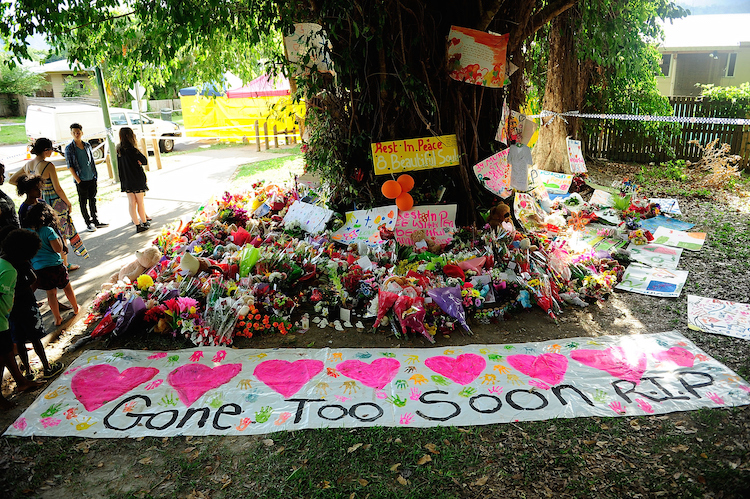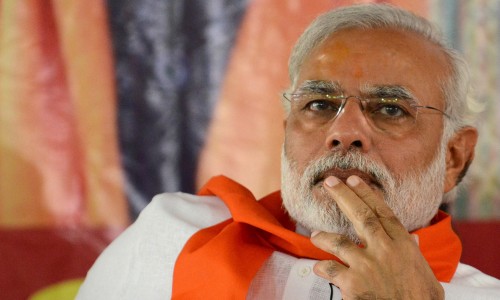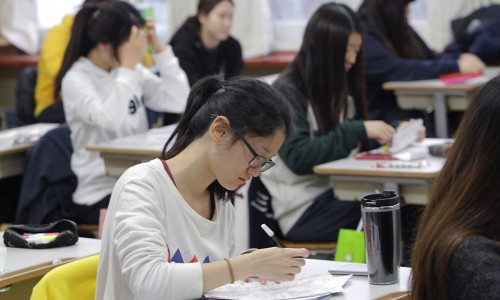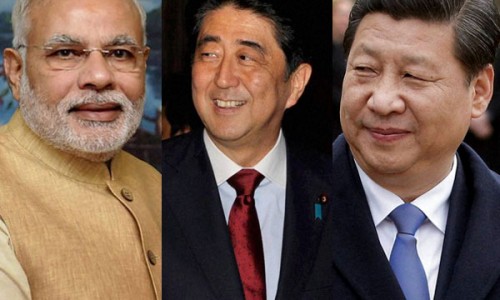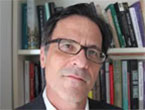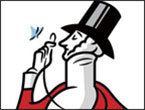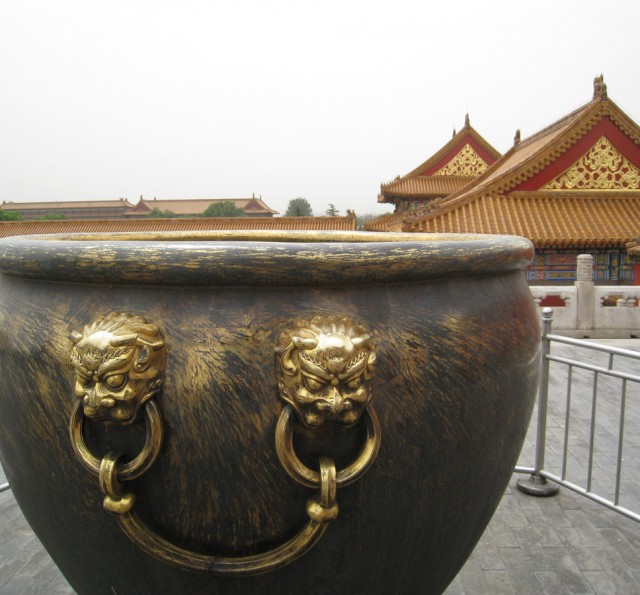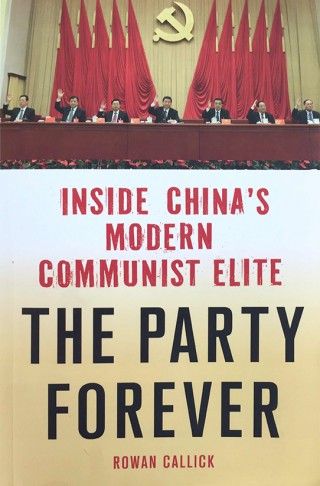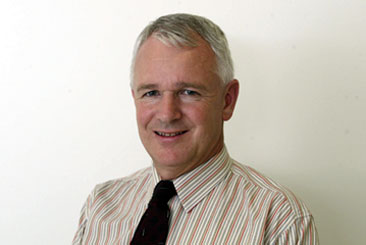Published Jan 3, 2015
Rowan Callick (Asia-Pacific editor)
The tweets rapidly reached screeching point as soon as Herald Sun editor Damon Johnston answered questions on the ABC’s Melbourne radio station, 774, about his newspaper’s coverage of the murders of the eight children in Cairns in Christmas week.
His paper (owned by News Ltd, also owner of The Weekend Australian), which does not circulate in north Queensland, published photos of some of the children – though it kept them off its website.
“You ghoulish demon,” he was told via the ABC’s Twitter feed by one subscriber.
“It’s a s*** rag and you’re at the helm. What you’ve done is unforgiveable,” condemned another.
A further tweet said: “Thought that was a big nono for aboriginal ppl? Ur insulting their culture.”
The radio host agreed, announcing her view once Johnston – who said “these are complex cultural questions” – was off-air.
These are indeed complex questions, but Australia is beset by people who would simplify them, and who choose – largely out of ignorance, but also out of convenience, and even sometimes from a desire to demonstrate constant moral superiority – to conflate all people of colour.
In the case of tragic deaths, family members or friends from any background sometimes ask media to withhold images for a certain time – though on other occasions they proffer photos, wishing the person’s passing to be memorialised in this way.
Editors choose how to respond on each occasion. In the case of the Cairns tragedy, The Australian – which does circulate in that area of – decided to accede to a family request not to publish photos at this stage.
It is widely stated that reproducing the images of people of Aboriginal ancestry especially offends grieving relatives.
But while the awkward phrase “Aboriginal and Torres Strait Islander” is used almost ubiquitously as an official shorthand, in fact there are cultural chasms between the two.
The community that suffered the Cairns deaths is not Aboriginal but fundamentally Torres Strait Islander.
Their culture is principally Melanesian – akin to those of their neighbours in Papua New Guinea, and in Solomon Islands, Vanuatu and New Caledonia, and more remotely in Fiji.
I lived for 11 years in PNG, and cannot recall having come across such an issue there. Newspaper death notices regularly carry the photos of the deceased.
A Melbourne based commentator, Marieke Hardy, tweeted about the Cairns case: “Herald Sun once again displaying stunning cultural sensitivity by publishing full names and photographs of all victims…”
But Rosita Henry, the head of the department of anthropology, archaeology and sociology at James Cook University in Townsville, explained to my colleague Rachel Baxendale that it was a common but incorrect presumption that the prohibition required by some Aboriginal traditions also applies to ethnically and culturally distinct Torres Strait Islanders.
Professor Henry said that the warning about “images and voices of deceased persons” often given to “Aboriginal and Torres Strait Islander viewers” before TV programs or films, while well-intentioned, is simplistic.
Torres Strait Islanders often resent, she said, being “lumped in” with Aborigines in what can amount to a subconscious form of racism.
She said: “There is no blanket rule, even among indigenous cultures,” of practices governing images of the dead.
“In northern Queensland I’ve seen (Aborigines) print up T-shirts with images of a recently dead person,” she said.
It was, however, best to err on the side of caution, she said, especially when there may be an element of mixed heritage – adding that she did not envy editors faced with the decision over such an “almost irresolvable” question.
Sensitivity is of course important. So is the need to honour and name, where possible, victims of dastardly acts.
The alternative can have the effect of concealing or diminishing the true nature of a crime, just as suppressing the name of a perpetrator grants them invisibility and thus shields them.
Conflating all indigenous people of colour as sharing a culture, can also serve to help entrench a sense of their universal victimhood.
Such conflation is often simply bewildering. Early in PNG’s independent life, meetings with Aboriginal Australians were often scheduled for official visitors coming “down south”.
The Papua New Guineans were naturally polite. But they were perplexed. What, apart from skin colour, did they have in common?
Taking on oneself the role of speaking on behalf of perceived “victims” – in the Cairns case, definitely victims – can be gratifying. But it can also appear presumptuous and exploitative.
So can generalising in a negative way.
When PNG agreed to take in asylum seekers at the request of then Prime Minister Kevin Rudd, its government believed that it was doing so to help out its Australian friends – and to do its bit to prevent the appalling tragedies at sea.
But soon the whole country and its inhabitants were being vilified by those same “friends” – usually peaceable Manus island being widely branded a “hell-hole,” and usually empathetic Waleed Aly winning a Walkley Award for commentaries that including caricaturing PNG as “a highly dangerous, deeply unliveable country, racked by lawlessness and violence.”
Rabbie Namaliu, a thoughtful former prime minister of PNG, told me in exasperated response to the “skewed things Australians say about us” – “You have to wonder whether Australians were ever here, even though PNG is their closest neighbour and former colony.”
In contrast with such ready Australian judgmentalism on issues often perceived as self-evident, the reluctance of some – even judges – to judge even people who have committed palpable crimes, comprises another piece in the same pathology puzzle.
The then chief justice of the Northern Territory, Brian Ross Martin, conceded “a great deal of sympathy” for a 55-year-old Aboriginal man who had beaten with a boomerang a 14-year-old promised bride and raped her anally.
He sentenced the man to just one month jail.
In comparison, PNG judge David Cannings explained that in a similar PNG case the man would be liable to a life sentence – because while custom can be taken into account in sentencing, common law is paramount “in modern-day PNG.”
Which, then, is the more dangerous place to be a 14-year-old indigenous girl?
The unconstrained manner in which emotional outrage surges in Australia’s public discussion of many such issues, no longer resembles the honest plain-speaking that was formerly our hallmark.
It results more often today in crude insults and casual blasphemy whose vituperative tone hardly even registers with the perpetrators as such – especially dispiriting when compared with the more civilised way in which debate tends to be argued out in Asia and the Pacific.
Will 2015 see any different? Wouldn’t bet on it.
